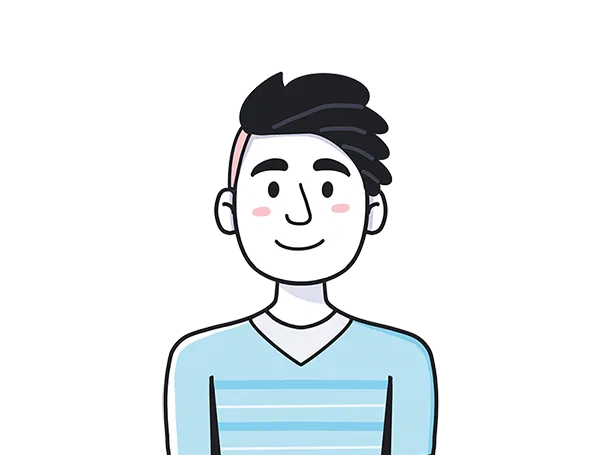| Main tasks |
|
||||||||
|---|---|---|---|---|---|---|---|---|---|
| Skills required |
|
||||||||
| Average salary (monthly) |
|
||||||||

| Main tasks |
|
||||||||
|---|---|---|---|---|---|---|---|---|---|
| Skills required |
|
||||||||
| Average salary (monthly) |
|
||||||||

Front-enders convert designs into functional interfaces that can interact with the functionality and processes developed by back-enders.
A frontend web developer takes the designs created by a UX/UI designer and converts them into HTML-based design files. These will usually be nonfunctional. Some companies share both backend and frontend development in a single role, but this is uncommon.
To be strong in frontend development means having a good eye for detail. Designers can't always anticipate every single use case in advance and once an interface gets filled with actual data it will look different from the original designs. Converting designs means you need to make sure things look exactly the same where possible, but account for data differences in a finalised version.
Once an HTML design file is created by a frontend developer it can then be linked together with functionality and finalised by a backend developer. Backend and frontend developers work together to make sure the final product sufficiently represents the design created by the design team.